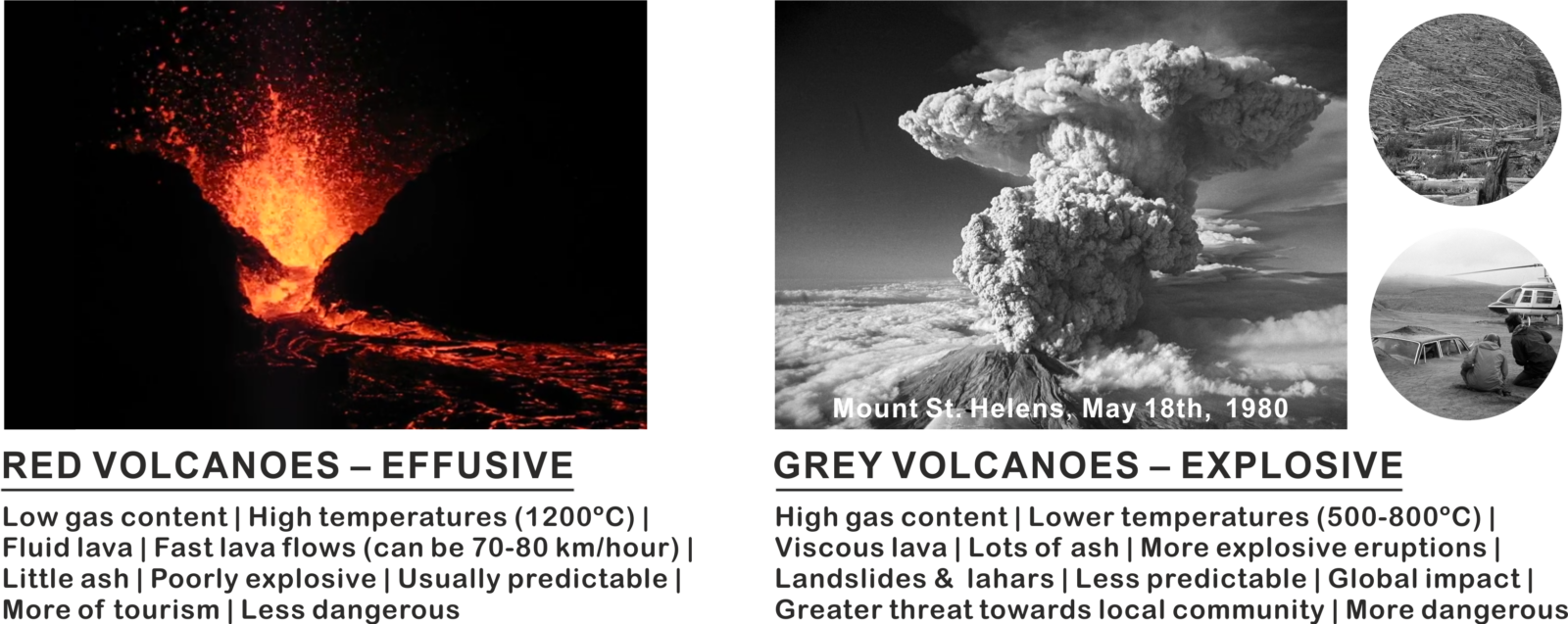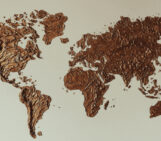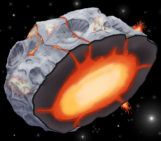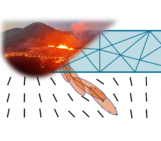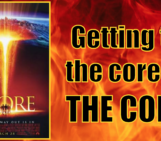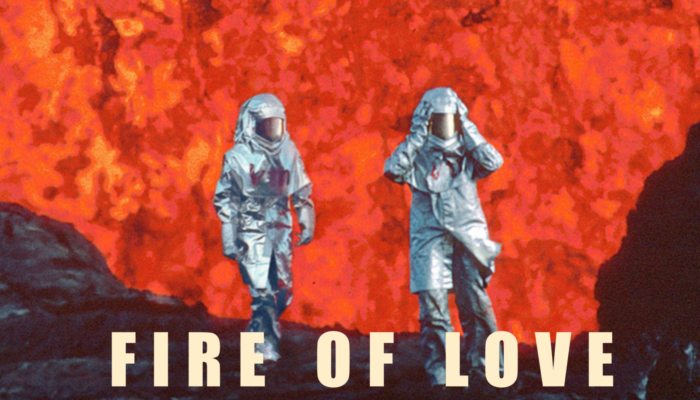
Geo-movies are often Sci-Fi movies, which usually borrow disastrous concepts from earth science, and turn them into the end of the world while crystallizing humanity along with it. “Fire of Love”, on the other hand, is a 2022 documentary movie that explores the lives, relationship and careers of legendary volcanologists Katia Krafft and Maurice Krafft. The movie is directed by Sara Dosa, and most of the movie is made based on the hundreds of hours’ video footage and thousands of photos captured by the Kraffts during their field trips to over 300 volcanoes all over the world. The movie also became one of the four nominees for the 2023 Oscar documentary feature film.
Who are they?
“For me, Katia and volcano, it is a love story.” -Maurice Krafft
Katia and Maurice, were French volcanologists, photographers and filmmakers who were known for their daring and unique approach to capturing the beauty and power of erupting volcanoes. In about 20 years after they got married in 1970, they recorded over 175 volcano eruptions (Williams and Montaigne, 2001). During those visits, they often place themselves in close proximity to the lava flows, boiling craters and volcanos on the brink of eruption, providing an unparalleled view of the erupting volcanoes. Their work had since been recognized and celebrated as pioneering in observing volcanos, and it brought them international fame.
Figure 1. Katia and Maurice.
Over time since 1968, Katia, Maurice and their colleagues established a close global network to receive immediate notice shortly after a volcano showed signs of eruption. This efficient network allowed them to arrive at the volcano sites within days and carry out scientific observation and documentation.
To cover the expensive and frequent global expeditions, they needed to raise funds from the society and sponsors by carrying out intensive public relations work, e.g., giving lectures, attending TV shows, holding exhibitions, making educational movies, and publishing books on volcanoes etc. This economic model turned out to be very successful, and they soon became a public image that not only inspire people to appreciate the beauty of volcanoes, but also increase the risk awareness of volcanoes.
Switch in specialization
The 18th of May, 1980 marked a pivotal moment in the Kraffts’ shift in their ongoing work from ‘red volcanoes’ to ‘grey volcanoes’, as the eruption of Mount St. Helens shocked the world (Figure 2). It caused extensive damage within a radius of 30 km, accompanied by glowing clouds and volcanic debris flows. Though a lot of people had been evacuated before that day, the eruption still resulted in 57 fatalities. After visiting devastating site, the Kraffts devoted themselves to studying grey volcanoes.
“In five years, five of my colleagues died in field trips to study grey volcanoes. That’s 10% of us. … I would say, it is not worth saving money for the retirement. That means you may have not truly taken your work seriously.”-According to Maurice Krafft in an interview
In that era, they were two of the very few volcanologists who focused on studying explosive grey volcanoes, which are much more threatening and deadly, but much less predictable relative to the effusive red volcanoes. They devoted themselves to improving the public awareness of threat grey volcanoes pose upon local community. They made films which display the deadly destruction grey volcanoes may pose upon its neighbouring communities within the radius of 100s km.
Figure 2. A brief comparison between ‘red volcanoes’ and ‘grey volcanoes’.
Death on Volcano Unzen, Japan
Their videos are credited as one of the primary reasons that officials in the Philippines took the warning signs of Mount Pinatubo’s eruption in 1991 seriously. Yet the Kraffts did not live to see that eruption. The couple tragically died two weeks earlier on Mount Unzen, while recording the volcanic eruption when a monstrous eruption took place and claimed 41 other lives. Their obituary appeared in the Bulletin of Volcanology (Keller, 1992) and Global Volcanism Program site.
Contribution & Commemoration:
Katia and Maurice wrote nearly 20 books as well as a number of scientific publications (Wikipedia page). More importantly, they have provided unparalleled amount of visual records and analysis documentation for 300 volcanoes which helps understand the evolution of a volcanic eruption.
The couple had spent their whole life in studying the volcanology, and educating the public to appreciate the brutal beauty, understand volcanic hazards and reduce volcanic risks with their footage of explosive eruptions and flooding basalt. Their work increased public awareness towards the danger of volcanoes, especially the grey ones, and manage to draw serious attention for the local authorities and policy makers living under the threat of active volcanoes.
At least two scientific awards are named after them to honour their contribution towards the fields of volcanology: The Krafft Medal (IAVCEI) and The Katia and Maurice Krafft Award (EGU). Many educational institutions, associated buildings, street and a crater, etc. in France are named after them.
Their stories has been produced to several movies, among which Fire of Love, 2022 is the latest one. You can check if it is playing in local cinemas at the movie’s official website: https://www.fireoflovefilm.com/. To watch it online, Fire of Love is available to stream on Disney+ as of November 11, 2022. Here is the official UK trailer to preview the Kraffts’ burning passion and love for volcanoes.
https://www.youtube.com/watch?v=-_7XADmKVL0
References
Keller, J. Memorial for Katia and Maurice Krafft. Bull Volcanol 54, 613–614 (1992). https://doi.org/10.1007/BF00569946
Stanley N Williams , Fen Montaigne: Surviving Galeras . Houghton Mifflin, Boston , 2001, ISBN 978-0-618-03168-9 , page 116.
Biography of Katia and Maurice refer to https://de.wikipedia.org/wiki/Katia_und_Maurice_Krafft.


